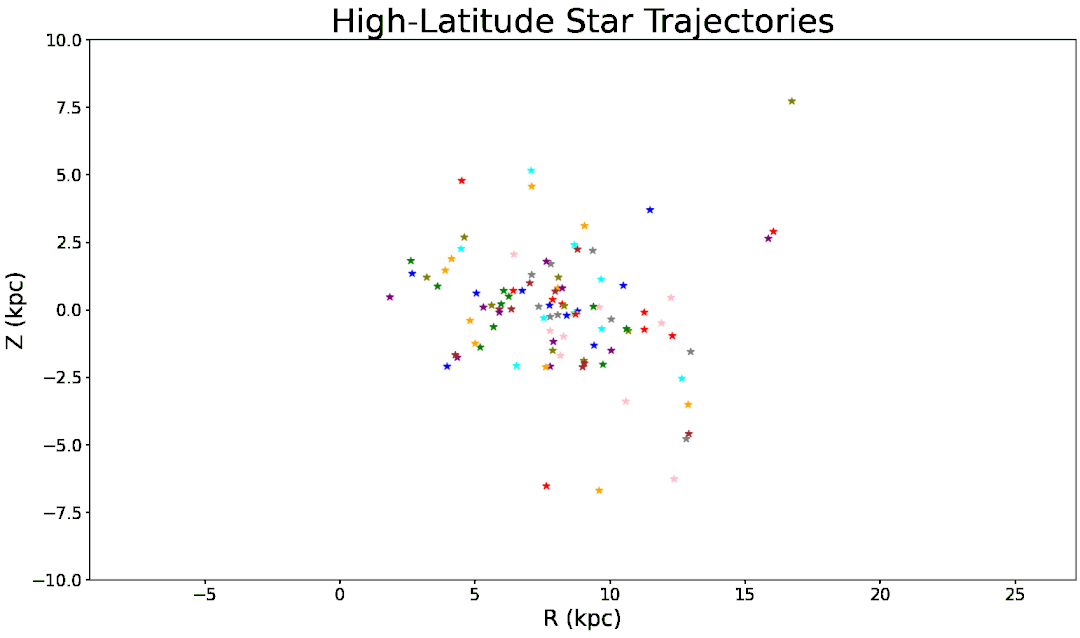Brandon Schweers, a Lehigh undergraduate student who provided key research on the project.
Paternity Tests Prove Positive
Combining these tools, the researchers confirmed positive paternity matches for 15 orphaned stars. That galactic genealogical tracing was what gave Schweers the idea for the presentation’s title.
“When I reached the stage of comparing the color and brightness for the potential matches and discarding those that showed a poor correlation in the H-R diagrams, I felt as though I was comparing the ‘DNA’ of the orphaned stars and their potential siblings,” Schweers said, reminding him of “The Maury Povich Show.” “I think everyone has heard the saying, ‘You are not the father’ that came from that show. For many of these clusters, I was essentially telling them they are not the parent of these orphaned stars, so I came up with the name ‘Stellar Paternity Tests.’”
Based on their trajectory calculations, the researchers estimate the ejections took place about 5 million to 30 million years ago, “flinging abandoned stars across the Milky Way at speeds of 30-220 kilometers/second (67,000-490,000 miles/hour) to their present locations,” they wrote. “Our results provide a measure of the ejection age for each orphaned star, providing new insight into the relative importance of dynamical vs. supernovae ejection in young open clusters.”
While they were able to match a number of the far-flung stars, some couldn’t be traced back to the Milky Way’s disk very plausibly, which may provide evidence for other unusual scenarios, they added. These might include rare star formation in molecular clouds high outside the disk, or they could be relics of past dwarf galaxies that merged with the Milky Way in the past.
Undergraduate astrophysics student Christopher J. Aviles Bramer, who graduated in 2022, contributed to the research project, which was funded by Lehigh. The AAS selected the Lehigh findings to feature in the 2024 meeting’s press conferences.
Press conferences are recorded, streamed live, and archived on the AAS Press Office YouTube channel. After the meeting, archived webcasts are available via the AAS online archive, which links to individual briefing videos. Photos of the briefing sessions will be available after the meeting.








